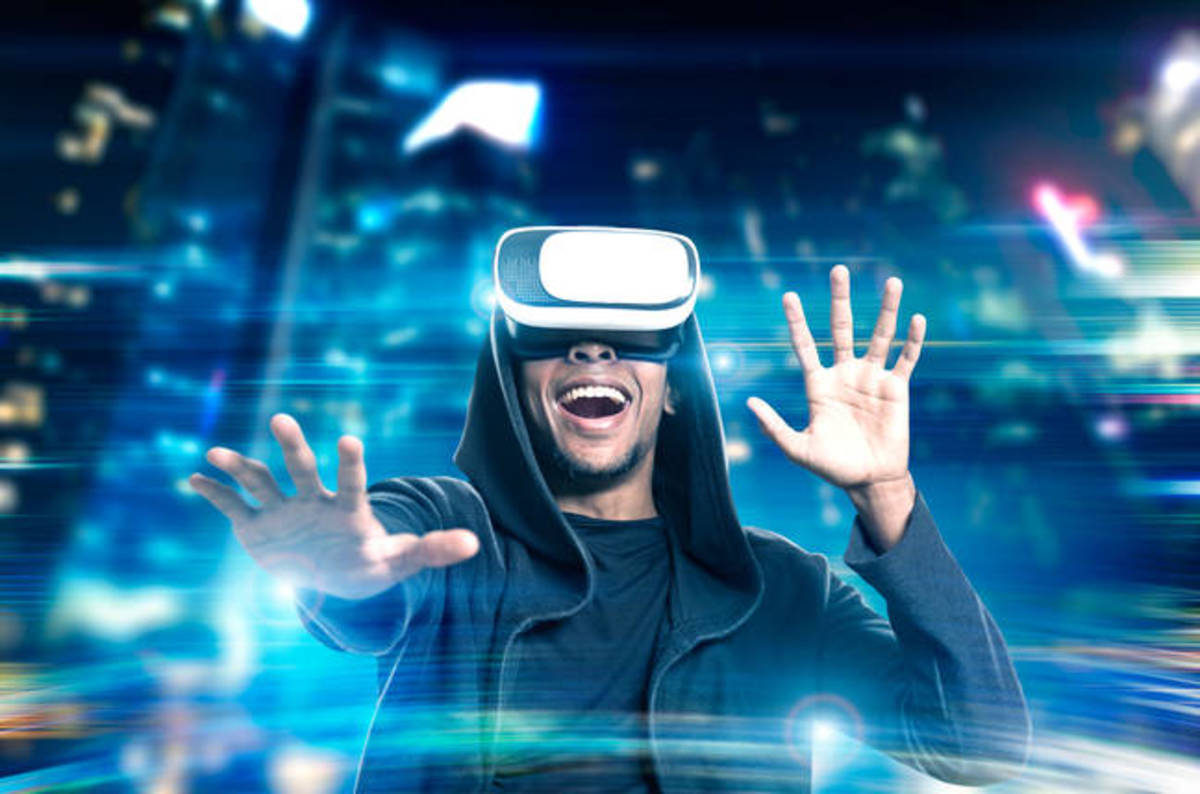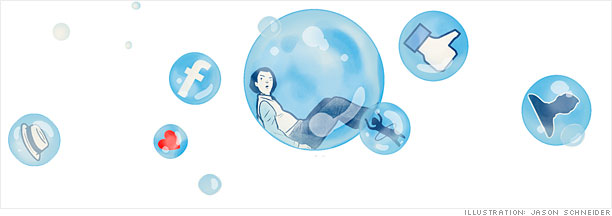I recently stumbled upon a video that went viral on several social media platforms. A man proposed to his now wife by having her parental home recreated in virtual reality. They lured her into a giant silo at the company that developed the environment under the disguise of a virtual reality shooting game. This got me thinking: what is the applicability of virtual reality now and how will that change in the future?
Virtual reality has been around for some time now. The first version of a head mounted display as we see them today was tested in 1968. The sheer weight of the machine meant it had to be elevated above the user or it would crush them. Since then, there have been many variations of virtual reality – from adding additional sensory experiences in cinemas such as moving chairs to the Oculus Rift. The latter is the most common nowadays and the main focus of this article.
The Oculus Rift was a pioneer into ‘consumer accessible virtual reality’. Starting out on crowdfunding giant Kickstarter in 2011, it gained massive media traction. The first few iterations were rolled out to backers and developers in 2013. The first problems surfaced: the well-known rollercoaster environment caused extreme nausea. This was caused by body inertia while the brain saw a moving environment. Promises of solving this issue were never truly conclusive.
Nevertheless, vast amounts of industries created new and inspiring ways of using virtual reality. The applications seemed endless. Surgeons practiced their operating skills and pilots tested their ability to control an air vehicle. However, as consumers got their hands on the product, some glaring issues came to light. Firstly, the system is incredibly expensive – a basic kit currently sells for $500. Secondly, using the software generally required a large and empty space, only available in dedicated virtual reality rooms. Consumers, who would mostly use it for gaming, created a vast library of videos where they hit objects in their rooms while using virtual reality devices. Lastly, the consumer applications were limited and received little support from major third parties. These three issues have brought us to a market where virtual reality is mainly used for training purposes by educational institutions and companies.
The application in several industries are revolutionary and new applications of virtual reality keep surfacing. Unfortunately, the consumer application remains limited and has somewhat halted over the past few years. The hope of the consumer to experience a virtual environment, to live in an artificially created world, is far from a reality.
Sources:
Anon, How did virtual reality begin? Virtual Reality Society. Available at: https://www.vrs.org.uk/virtual-reality/beginning.html [Accessed October 13, 2017].
Kickstarter, 2016. A Brief History of Oculus, from Day Zero to Day One. Available at: https://medium.com/kickstarter/a-brief-history-of-oculus-from-day-zero-to-day-one-8878aae002f8 [Accessed October 14, 2017].


